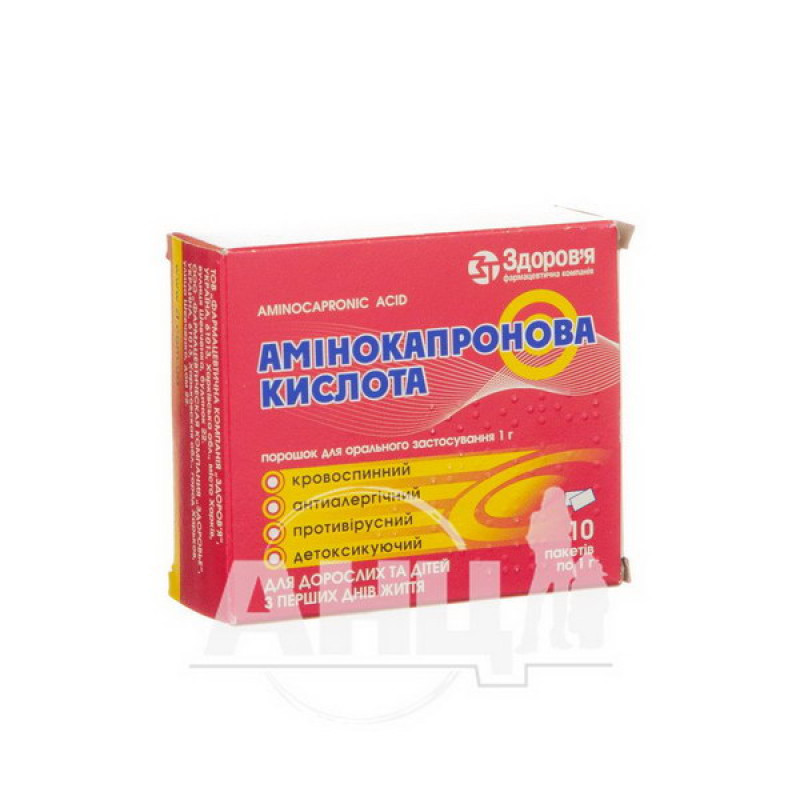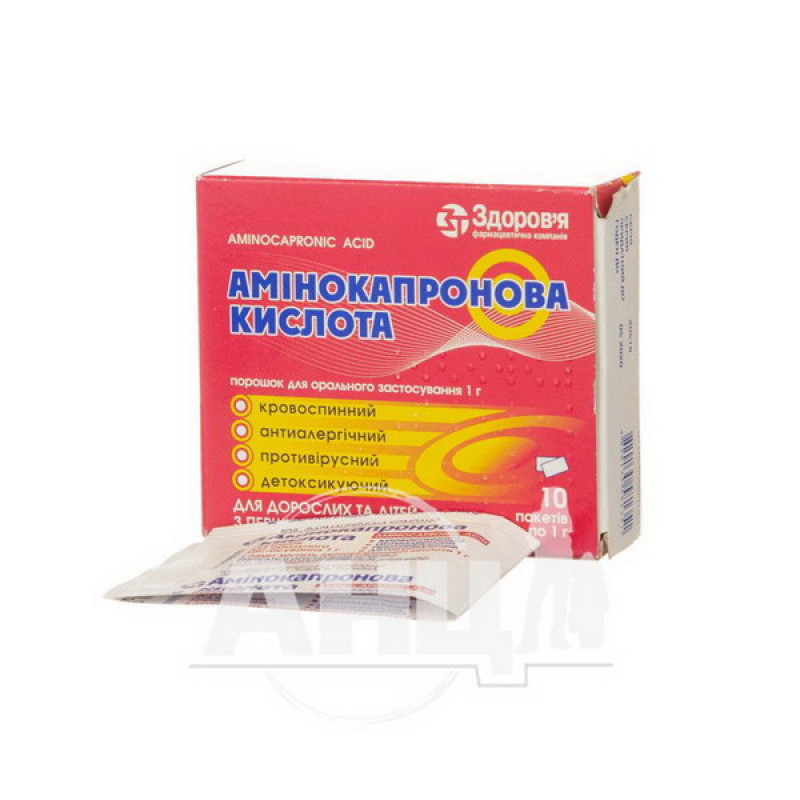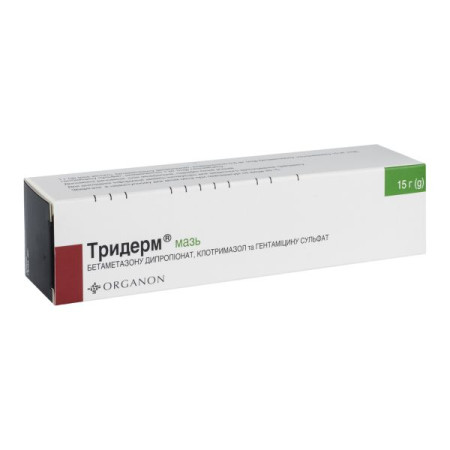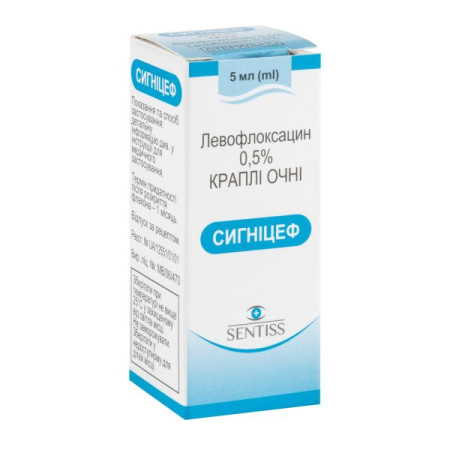Aminocaproic acid powder for oral administration 1 g package No. 10

Powder for oral administration "Aminocaproic acid" is used for the following indications:
prevention and treatment of parenchymal bleeding, hemorrhages from mucous membranes, menorrhagia, bleeding from erosions and ulcers of the stomach and intestines; prevention of bleeding during operations on the liver, lungs, pancreas; various types of hyperfibrinolysis, including those associated with the use of thrombolytic drugs and massive transfusion of preserved blood; as a symptomatic remedy - bleeding caused by thrombocytopenia and qualitative inferiority of platelets (dysfunctional thrombocytopenia); treatment and prevention of influenza and acute respiratory viral infections in children and adults.Composition
One packet contains (active ingredient) aminocaproic acid 1 g
Contraindication
hypersensitivity to aminocaproic acid; predisposition to thrombosis and embolism; disseminated intravascular coagulation syndrome; macrohematuria; kidney disease with impaired function; renal failure; hematuria; severe ischemic heart disease; cerebral circulation disorders.Method of application
Administer orally during or after meals, dissolving the powder in sweet water or drinking it down. Divide the daily dose for adults into 3-6 doses, for children into 3-5 doses.
Moderately pronounced increase in fibrinolytic activity. Adults are usually prescribed a daily dose of 5-24 g (5-24 packets).
For children under one year of age, the single dose is 0.05 g/kg of body weight (but not more than one g). The daily dose for children: under one year of age is 3 g (3 packets), 2-6 years - 3-6 g (3-6 packets), 7-10 years - 6-9 g (6-9 packets). For adolescents, the maximum daily dose is 10-15 g (10-15 packets).
Acute bleeding (including gastrointestinal). Adults should be prescribed 5 g (5 packets), then one g (1 packet) every hour (for no more than 8 hours) until the bleeding stops completely. Daily dose for children with acute blood loss: up to one year old - 6 g (6 packets), 2-4 years old - 6-9 g (6-9 packets), 5-8 years old - 9-12 g (9-12 packets), 9-10 years old - 18 g (18 packets).
Subarachnoid hemorrhage. Adults should be prescribed a daily dose of 6-9 g (6-9 packets).
Traumatic hyphema. Administer at a dose of 0.1 g/kg of body weight every 4 hours (but not more than 24 g/day) for 5 days.
Metrorrhagia associated with intrauterine contraceptives. Administer 3 g (3 packets) every 6 hours.
Prevention and stopping of bleeding during dental interventions. Adults are prescribed 2-3 g (2-3 sachets) 3-5 times a day. For adults, the average daily dose is 10-18 g (10-18 sachets), the maximum daily dose is 24 g (24 sachets). The course of treatment is 3-14 days.
Influenza, acute respiratory viral infections in children and adults. The drug is used internally and topically. For oral administration, the drug is pre-dissolved at the rate of 1 g (1 packet) of aminocaproic acid in two tablespoons of sweetened boiled water, thus obtaining a 5% solution.
The drug is administered orally in doses:
children of the first two years of life - 1-2 g (1-2 sachets) per day (20-40 ml of 5% solution) - 1-2 teaspoons 4 times a day (0.02-0.04 g/kg - single dose), can be added to food or drinks; children aged 2-6 years - 2-4 g (2-4 sachets) per day (40-80 ml of 5% solution) - 1-2 tablespoons 4 times a day; children aged 7-10 years - 4-5 g (4-5 sachets) per day, washed down with water, or taken with food or drinks; adolescents and adults - 5-8 g (5-8 sachets) per day - 1-2 sachets 4-5 times a day, washed down with water, or taken with food or drinks.For more accurate preparation of the solution and its dosage, it is advisable to use a medical syringe without a needle with a volume of 10 or 20 ml.
At the same time, it is recommended to use aminocaproic acid topically. Every 3 hours, place cotton turundas in each nostril for 5-10 minutes, abundantly moistened with a 5% solution of aminocaproic acid prepared in unsweetened water, or drip 3-5 drops of this solution into each nostril at the specified times. The solution can be used for inhalation.
In severe hypertoxic forms of influenza or acute respiratory viral infections, the doses of the drug can be increased to the maximum level recommended for children with moderately pronounced increased fibrinolytic activity.
In the treatment of influenza and acute respiratory viral infections in adults, aminocaproic acid can be used in the same doses as in adolescents. Aminocaproic acid can be used in combination with other antiviral drugs and interferon and its inducers, if necessary.
Intranasal instillations of aminocaproic acid solution (3-4 times a day) are advisable during the epidemic period for the purpose of prevention, which can be supplemented by oral (as in treatment) use of the drug in foci of infection upon contact with the patient.
The duration of oral administration of aminocaproic acid for influenza and acute respiratory viral infections is 3-7 days.
The duration of treatment depends on the severity of the disease and is determined by the doctor individually. The doctor may also adjust the dose and prescribe a repeated course of treatment.
Application features
Pregnant women
The drug is contraindicated during pregnancy. It is not advisable to use it in women for the prevention of increased blood loss during childbirth, as thromboembolic complications may occur. If necessary, breastfeeding should be discontinued.
Children
The drug can be used for children of the first year of life.
During treatment, you should refrain from driving and performing potentially dangerous activities due to possible adverse reactions (dizziness).
Overdose
Symptoms: increased side effects, blood clots, embolism. With prolonged use (more than 6 days) of high doses (for adults - more than 24 g per day) - hemorrhages.
Treatment: drug withdrawal, symptomatic therapy.
Side effects
The drug is usually well tolerated, but the side effects listed below may occur.
Cardiovascular system: orthostatic hypotension, subendocardial hemorrhage, bradycardia, arrhythmias.
Gastrointestinal tract: nausea, vomiting, diarrhea.
From the side of the blood coagulation system: blood clotting disorders.
From the nervous system: headache, dizziness, tinnitus, convulsions.
Side effects are rare and dose-dependent; they usually disappear when the dose is reduced.
Storage conditions
Store in the original packaging at a temperature not exceeding 25 °C, out of the reach of children.
Shelf life - 2 years.
There are no reviews for this product.
There are no reviews for this product, be the first to leave your review.
No questions about this product, be the first and ask your question.









